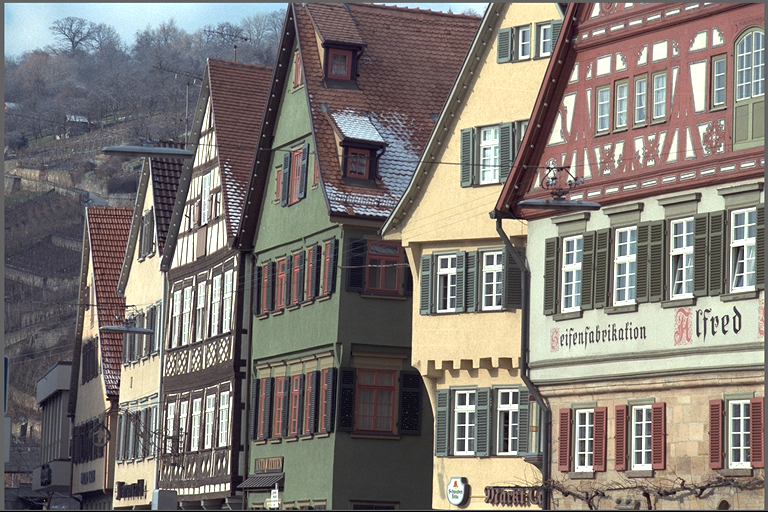Overview
This sample shows how interoperability between VPI and PyTorch works in Python. It shows a simple set of image processing operations applied on a sample input image in Pytorch and VPI without any memory copies during the interoperation.
This sample uses PyTorch as an example, however, this interoperability is possible with any library that supports the cuda array interface.
Libraries such as:
The sample starts with an image given by you, converted to grayscale, then performs the following sequence of operations to it:
- Lower the image intensity using PyTorch
- Does PyTorch -> VPI interoperability without memory copies vpi_image = vpi.asimage(torch_image)
- Applies a box filter using VPI
- Does VPI -> PyTorch interoperability without memory copies or, with an additional deep memory copywith vpi_image.rlock_cuda() as cuda_buffer:torch_image = torch.as_tensor(cuda_buffer)torch_image = torch.as_tensor(vpi_image.cuda())
- Increase the image intensity using PyTorch
The result is then saved to disk.
Instructions
The usage is:
where
- input image: input image file name; it accepts png, jpeg and possibly others.
Here's one example:
- Python python3 main.py ../assets/kodim08.png
The sample will produce vpi_pytorch.png as output file.
Results
| Input image | Output image |
|---|---|
 |  |
Source Code
For convenience, here's the code that is also installed in the samples directory.